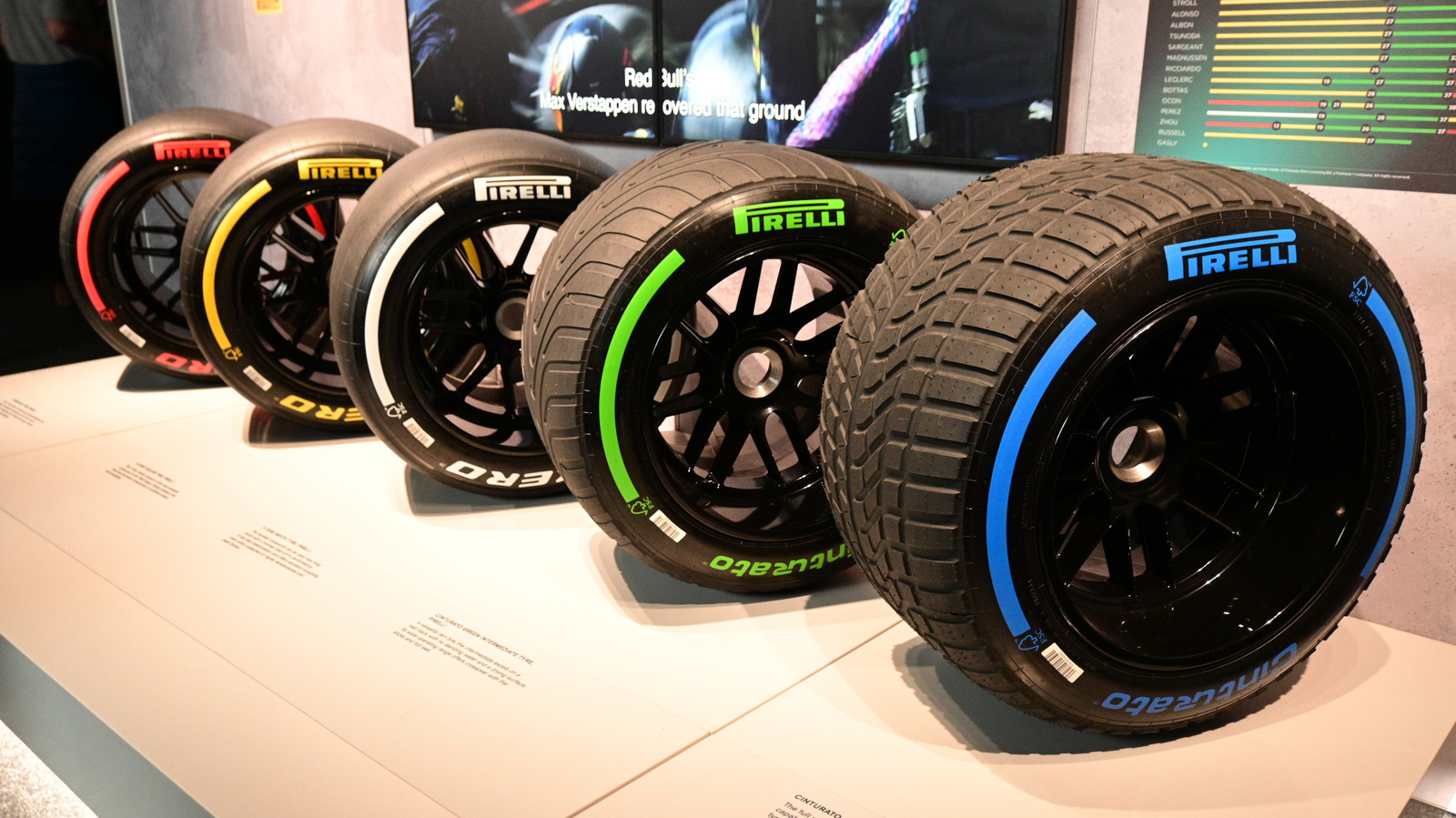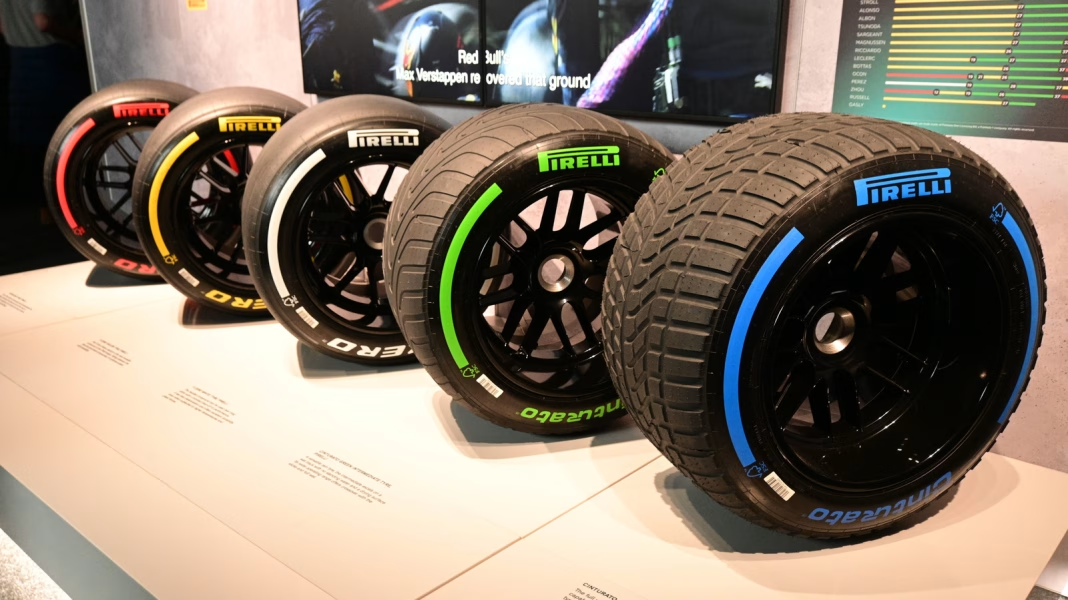How Does Formula 1 Decide When Medium Tires Are Soft or Hard?
If you’ve ever watched a Formula 1 race and heard the commentators talk about soft, medium, and hard tires, you might assume those labels always mean the same thing. Soft is soft, hard is hard, right? Not so fast. In F1, “medium” isn’t always smack in the middle, and sometimes what’s called a “medium” tire in one race could be the “soft” or even “hard” at another. Confused? You’re not alone. Let’s unravel how tire compounds work in F1 and why the definitions shift from one Grand Prix to the next.
Why Do Tire Compounds Change From Race to Race?
Formula 1 teams don’t just show up with a single set of tires for the whole season. Pirelli, the sport’s exclusive tire supplier, actually produces five dry-weather compounds, labeled C1 (the hardest) through C5 (the softest). For each race weekend, Pirelli selects three of these compounds based on the track’s surface, expected temperatures, and how demanding the circuit is on tires.
Here’s where it gets interesting: those three compounds are always called “soft,” “medium,” and “hard” for that particular race, regardless of which C-number they actually are. So, at a track like Silverstone, the “soft” might be the C3, but at Monaco, the “soft” could be the C5. The naming is relative, not absolute. It’s all about giving teams the right tools for the job, and keeping the racing unpredictable.
What Makes a Tire “Soft” or “Hard” in Practice?
The terms “soft” and “hard” aren’t just marketing fluff. They refer to how quickly a tire heats up, how much grip it provides, and how long it lasts before wearing out. Softer tires heat up quickly and offer more grip, but they degrade faster. Harder tires take longer to warm up and don’t stick to the track as much, but they last longer—sometimes much longer.
Let’s say Pirelli brings C2, C3, and C4 to a race. For that weekend, C2 is the “hard,” C3 is the “medium,” and C4 is the “soft.” But if the next race is on a smoother, less abrasive track, they might bring C3, C4, and C5 instead. Suddenly, C3 is now the “hard,” C4 is the “medium,” and C5 is the “soft.” Same compound, different role. It’s like being the middle child in one family, then the oldest in another.
How Does This Affect Race Strategy?
Tire choices are a huge part of F1 strategy. Teams have to use at least two different types of dry tires during a race (unless it’s wet), which means picking the right moment to switch from, say, medium to hard, can make or break a race. If a team gambles on a softer tire hoping for a safety car, they might gain a big advantage—or lose out if the tire wears too quickly.
There’s also the psychological game. If a rival team is running the “hard” compound and setting fast lap times, do you stick with your plan or react? The ambiguity of what “medium” means from race to race keeps teams on their toes and adds a layer of complexity that fans love to debate.
Are There Real-World Examples of Medium Being Soft or Hard?
Absolutely. Take the 2023 Hungarian Grand Prix as an example. Pirelli brought the C3, C4, and C5 compounds. Here, the C4 was the “medium” tire. But at the Spanish Grand Prix, the C4 was the “soft.” Same compound, different context. Drivers and engineers have to adapt their setups and strategies accordingly, which is no small feat.
This shifting landscape means that a “medium” tire might feel grippy and fast at one track, but sluggish and long-lasting at another. Teams rely on data from practice sessions and simulations to figure out how each compound will behave under the unique stresses of each circuit.
Why Does F1 Use This System Instead of Fixed Compounds?
The short answer: variety and challenge. If every race used the same three compounds, teams would quickly optimize their strategies, and races could become predictable. By mixing up the compounds, Pirelli and F1 keep teams guessing and encourage more creative strategies. It’s also a safety measure—some tracks would simply destroy the softest tires in a matter of laps, while others wouldn’t get the harder compounds up to temperature at all.
According to Pirelli’s head of F1, Mario Isola, this approach ensures that “the tires are always a talking point and a key factor in the outcome of the race.” And with the 2022 regulation changes, tire management has become even more critical, with teams balancing outright speed against tire longevity.
What Should Fans Watch For on Race Day?
If you want to sound like a seasoned F1 fan, pay attention to which compounds Pirelli has nominated for the weekend. Don’t just assume “medium” means the same thing as last week. Listen for the C-numbers and watch how teams adapt. Sometimes, the “hard” tire is actually a compound that was “medium” or even “soft” just a few races ago.
Look for how quickly drivers can get their tires up to temperature, how long they can make each set last, and how their lap times change as the tires wear. These subtle differences often decide who stands on the podium and who’s left wondering what might have been.
The big takeaway? F1 tire strategy isn’t about perfection—it’s about smarter adjustments. Start with one change this week, and you’ll likely spot the difference by month’s end.


